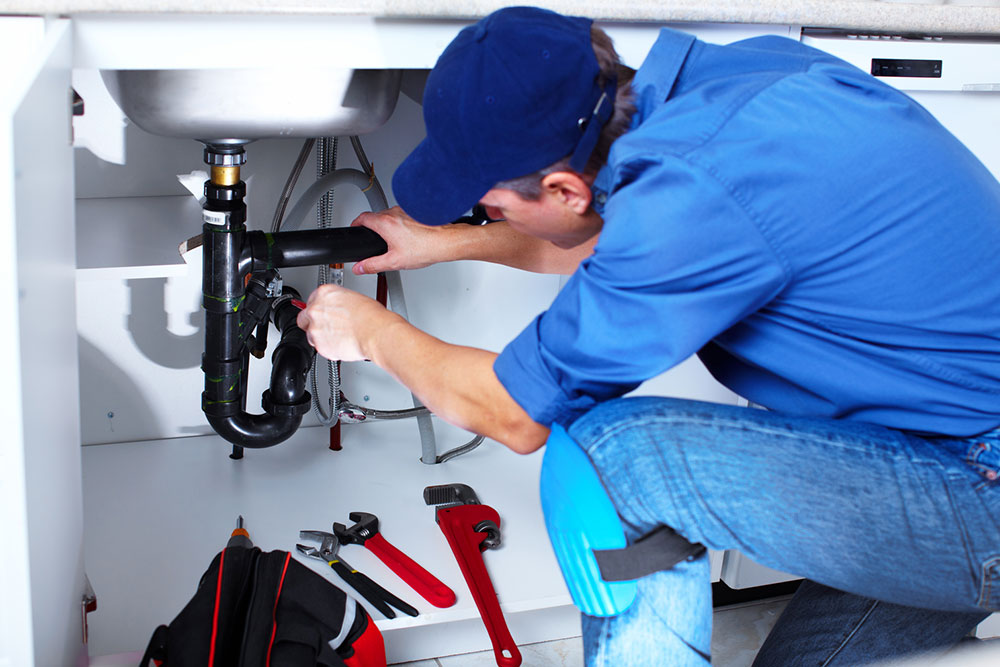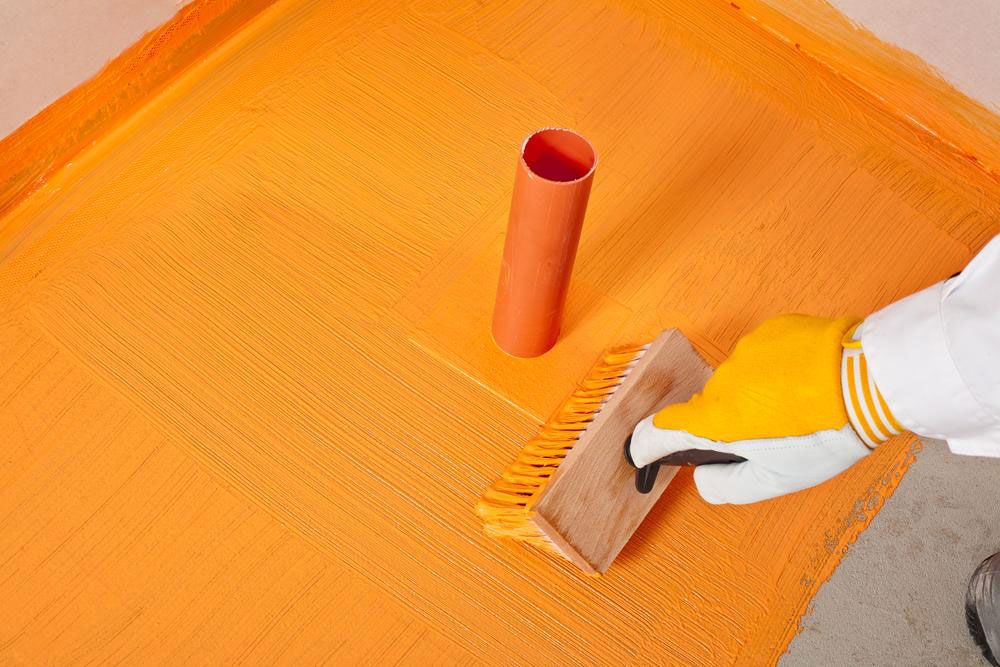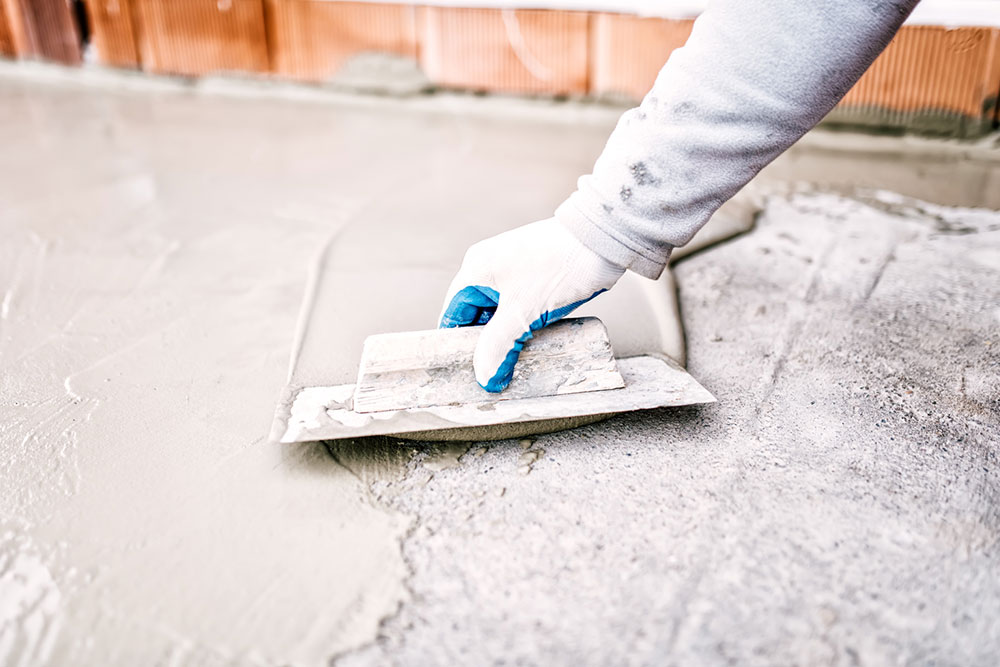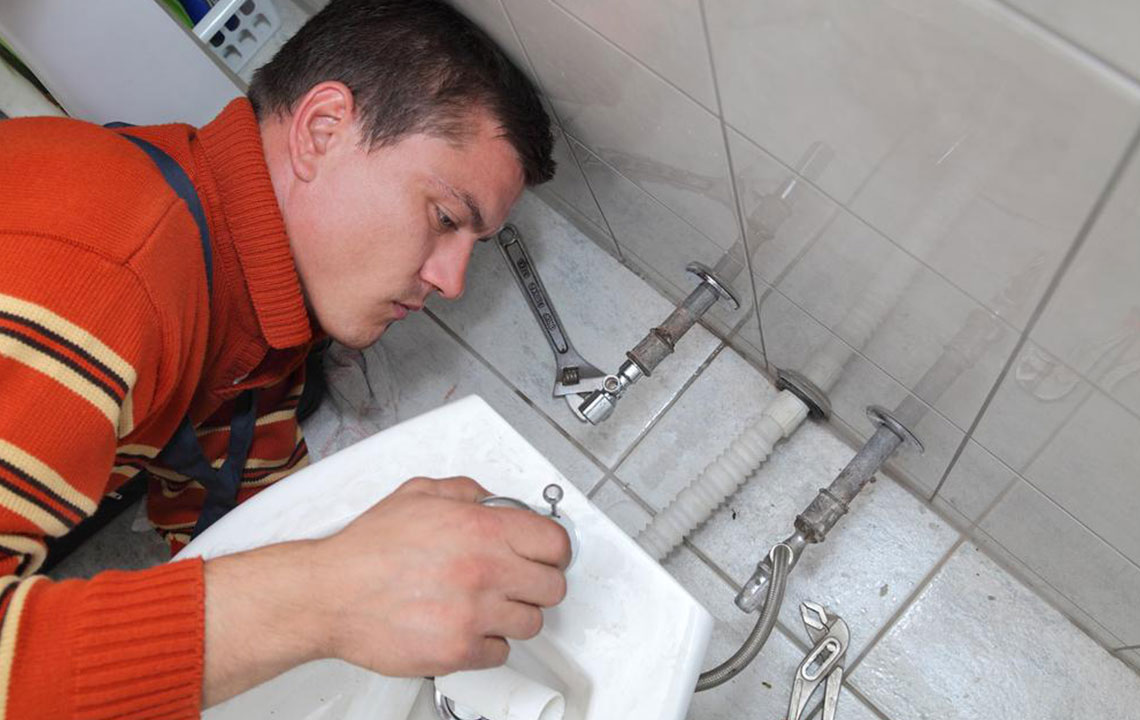Comprehensive Guide to Basement Waterproofing Techniques and Expert Tips
Learn about various basement waterproofing methods, effective DIY tips, and cost estimates to protect your home from moisture damage. The guide covers sealing techniques, safety precautions, and when to seek professional help, ensuring a dry and secure basement environment. Ideal for homeowners aiming to prevent mold, water stains, and structural issues, this comprehensive resource simplifies basement sealing projects while highlighting key considerations for successful waterproofing.

Understanding Basement Waterproofing Methods and Best Practices
Maintaining a dry and secure basement requires regular inspection and sealing, often every few years. Common indicators for repair include wall cracks, bowing, persistent musty odors, water stains, damp surfaces, pest issues, mold growth, and misaligned doors. Learning about different waterproofing options and costs can help homeowners choose the right approach for their space.
Types of Waterproofing Solutions
Basement walls are usually crafted from porous concrete, which can allow water infiltration if not properly sealed. Here are four prevalent waterproofing methods:
Plastic barrier layers
This technique involves placing waterproof sheets or panels that trap water, directing it toward a sump pump for removal.
Applied concrete sealants
Sealants applied directly onto concrete surfaces provide a protective barrier and require specialized brushes for proper application.
Silicate sealants
This sealant penetrates the concrete, sealing internal gaps and preventing moisture ingress. It’s designed solely for concrete surfaces, not paint.
Interior waterproof paints
Thick, protective coatings applied over existing surfaces offer additional waterproofing layers for basement walls.
Effective Basement Waterproofing Tips
DIY waterproofing involves basic steps, but professional assistance is often recommended. Homeowners should understand essential procedures for successful sealing.
Step 1: Remove standing water, turn off electrical systems for safety, and check sump pumps and drains. Use fans, dehumidifiers, mops, and cleaning agents like bleach to eliminate mold and moisture.
Step 2: Identify leak sources using methods like taping aluminum foil on walls for 24 hours. Dampness outside the foil suggests a humid environment, while moisture on the wall-facing side indicates waterproofing issues.
Step 3: Clear walls of any paint or debris, wear safety gear, and scrub the surface. Using a muriatic acid solution can help remove old paint, followed by rinsing and reconditioning the walls.
Step 4: Seal cracks and holes using hydraulic cement, epoxy, or caulk, especially larger or deeper fissures that require professional evaluation.
Step 5: Seal windows, doors, and wells using caulk for places prone to water entry. A caulk gun makes the process easier and more precise.
Step 6: Apply a waterproof coating with a roller or spray after dampening the surface slightly. Multiple coats ensure better protection against water infiltration.
Basement Sealing Costs
Homeowners typically spend between $2,300 and $7,575 on basement waterproofing, with the national average close to $4,920. Costs depend on factors such as basement size, sealing type (interior or exterior), location, labor rates, and product choice. Professional help is advised, as the process can be complex and labor-intensive. Seniors or those living alone can find assistance through local programs or trusted contractors. Consulting neighbors for recommendations can also be beneficial.
Note:
Our blog provides a broad range of informational content to assist homeowners. While our insights are based on thorough research, they should not replace professional advice. We disclaim responsibility for inaccuracies or differences in other sources. Please consider local offers and schemes for additional savings.









